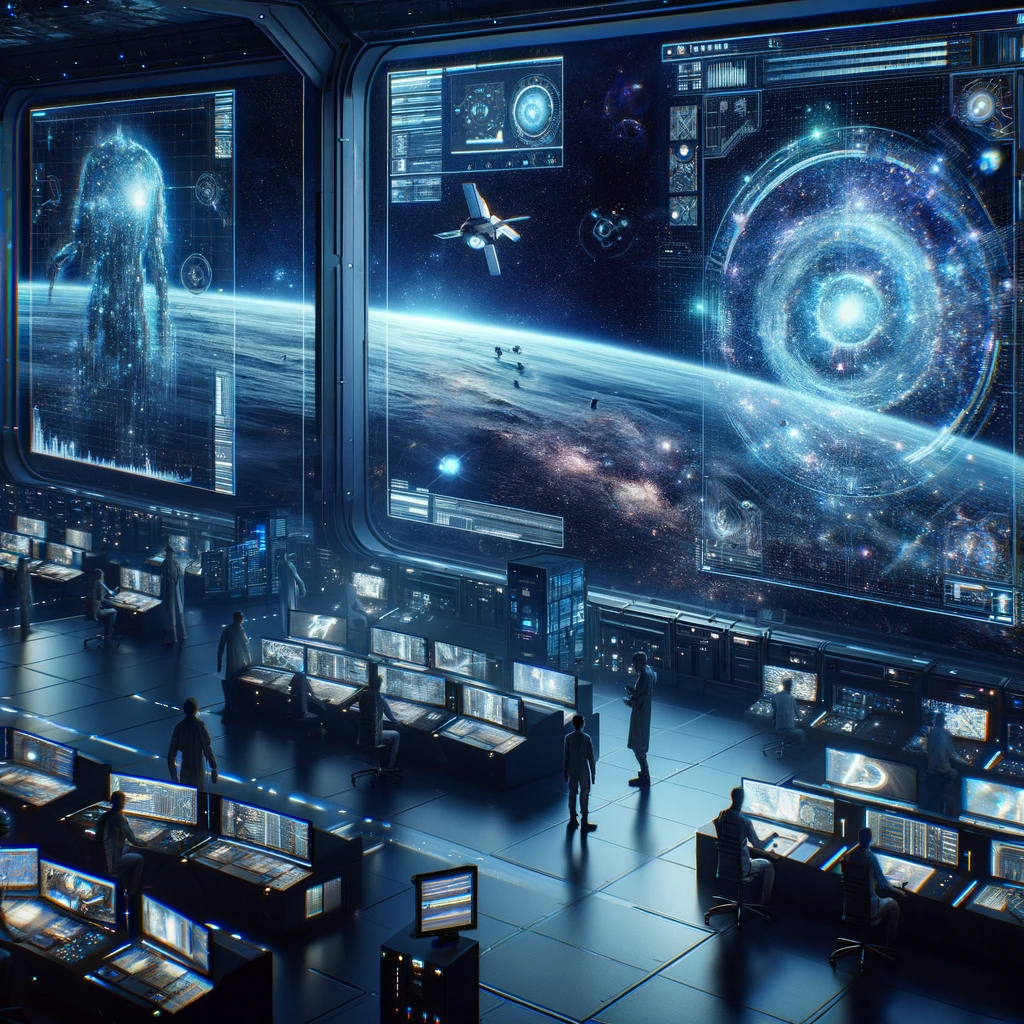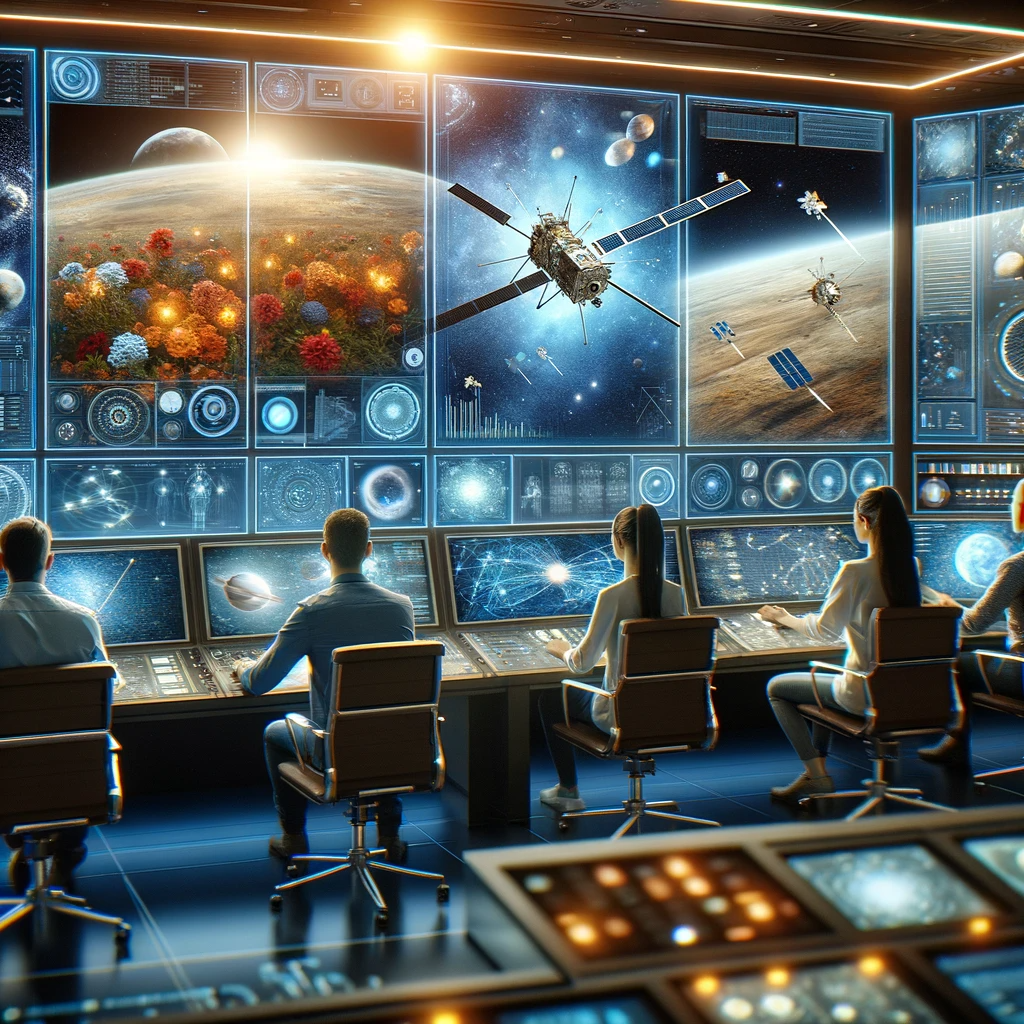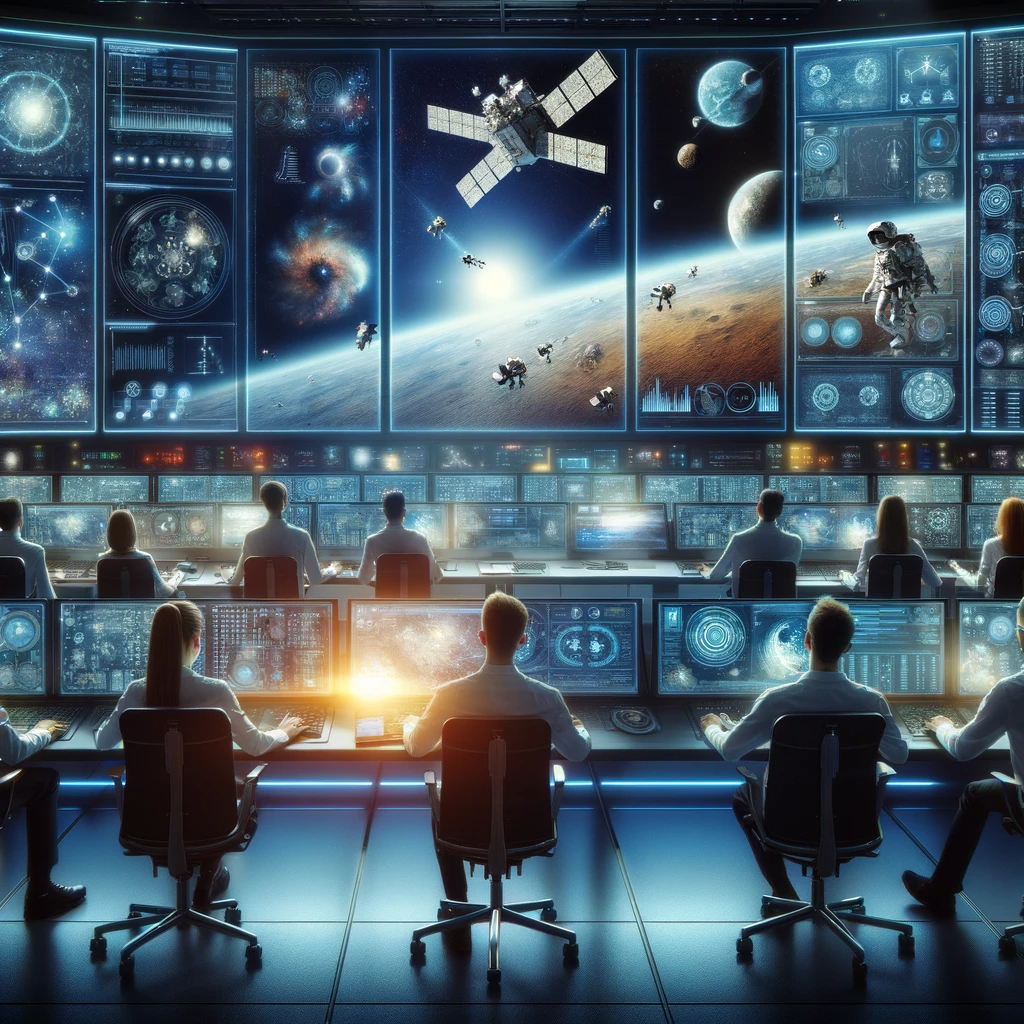Astronomy and space exploration have always captured the human imagination. The vastness of the universe, the mysteries of celestial bodies, and the potential for discovering new worlds have driven astronomers and scientists to push the boundaries of our knowledge. With the advent of artificial intelligence (AI), these frontiers are being pushed even further, revolutionizing the way we conduct astronomical research and explore the cosmos. In this comprehensive exploration, we will delve into how AI is transforming astronomy and space science, particularly in data analysis from telescopes and space missions.
The Marriage of AI and Astronomy
The union of AI and astronomy is a match made in the heavens. AI’s ability to process vast datasets, identify patterns, and make predictions aligns perfectly with the data-intensive nature of astronomy. Observations from telescopes and data from space missions have historically been challenging to analyze due to their sheer volume and complexity. However, AI algorithms can now handle these tasks with remarkable efficiency, ushering in a new era of discovery.

Data Analysis at Scale
One of the most significant impacts of AI in astronomy is its capacity to handle massive amounts of data generated by observatories and space telescopes. Traditional methods of data analysis often required painstaking manual work, limiting the scope of research and discoveries. AI algorithms can process terabytes of data in a fraction of the time it would take humans, making previously unmanageable datasets accessible for exploration.
For example, the Large Synoptic Survey Telescope (LSST), set to begin operations soon, is expected to produce a staggering 20 terabytes of data each night. AI systems will play a crucial role in sifting through this deluge of information, identifying celestial objects, and tracking changes in the night sky. This level of automation enables astronomers to focus on interpretation and discovery rather than data crunching, paving the way for groundbreaking findings.
Exoplanet Exploration
AI has been a game-changer in the hunt for exoplanets—planets orbiting stars outside our solar system. Detecting exoplanets involves analyzing variations in starlight caused by the transit of a planet in front of its host star. These variations are often subtle and easily missed by human observers, highlighting the need for AI assistance.
AI algorithms excel at identifying these patterns, increasing the efficiency and accuracy of exoplanet discovery. The Kepler Space Telescope, for instance, identified thousands of exoplanets using AI-assisted analysis. This has expanded our understanding of the prevalence of exoplanets and their potential habitability, opening up exciting possibilities for future exploration and the search for extraterrestrial life.
Advancing Space Missions
AI is also instrumental in the success of space missions, particularly in autonomous navigation, in-flight data analysis, and spacecraft health monitoring. These technologies reduce mission risks, enhance decision-making, and open up new possibilities for exploring distant celestial bodies.
For example, NASA’s Perseverance rover, which landed on Mars in 2021, relies on AI to autonomously navigate the Martian terrain, avoiding obstacles in real-time. This level of autonomy is crucial when communication delays between Earth and Mars can range from 4 to 22 minutes. AI ensures that the rover can make split-second decisions, maximizing its scientific productivity and minimizing the risk of getting stuck or damaged.
The Role of Neural Networks
Neural networks, a subset of AI, have been particularly influential in astronomical research. Convolutional Neural Networks (CNNs) are used for image analysis, enabling the identification of galaxies, stars, and other celestial objects in vast datasets. Recurrent Neural Networks (RNNs) help predict transient events, such as supernovae, by analyzing historical data.
These neural networks can sift through millions of images, identifying subtle patterns and anomalies that might elude human observers. As a result, astronomers can focus their efforts on objects and phenomena of the greatest scientific interest, accelerating the pace of discovery.
AI and Citizen Science
AI not only aids professional astronomers but also engages citizen scientists in the quest for knowledge. Platforms like Zooniverse leverage AI to crowdsource astronomical data analysis. Enthusiastic volunteers, guided by AI algorithms, help classify galaxies, discover new planets, and contribute to various research projects.
These citizen science initiatives democratize the scientific process, allowing people from all walks of life to participate in cutting-edge research. AI ensures that their contributions are meaningful and scientifically valuable, making them an integral part of the scientific community.

Conclusion
AI has ushered in a new era of possibilities in astronomy and space exploration, fundamentally altering the way we explore and understand the cosmos. With its ability to handle big data, identify patterns, and automate tasks, AI is accelerating discoveries, expanding our understanding of the universe, and pushing the boundaries of what is scientifically achievable. As AI continues to evolve, we can expect even more profound insights and breakthroughs in the field of astronomy and space science, solidifying its role as an essential tool for unlocking the secrets of the cosmos.
